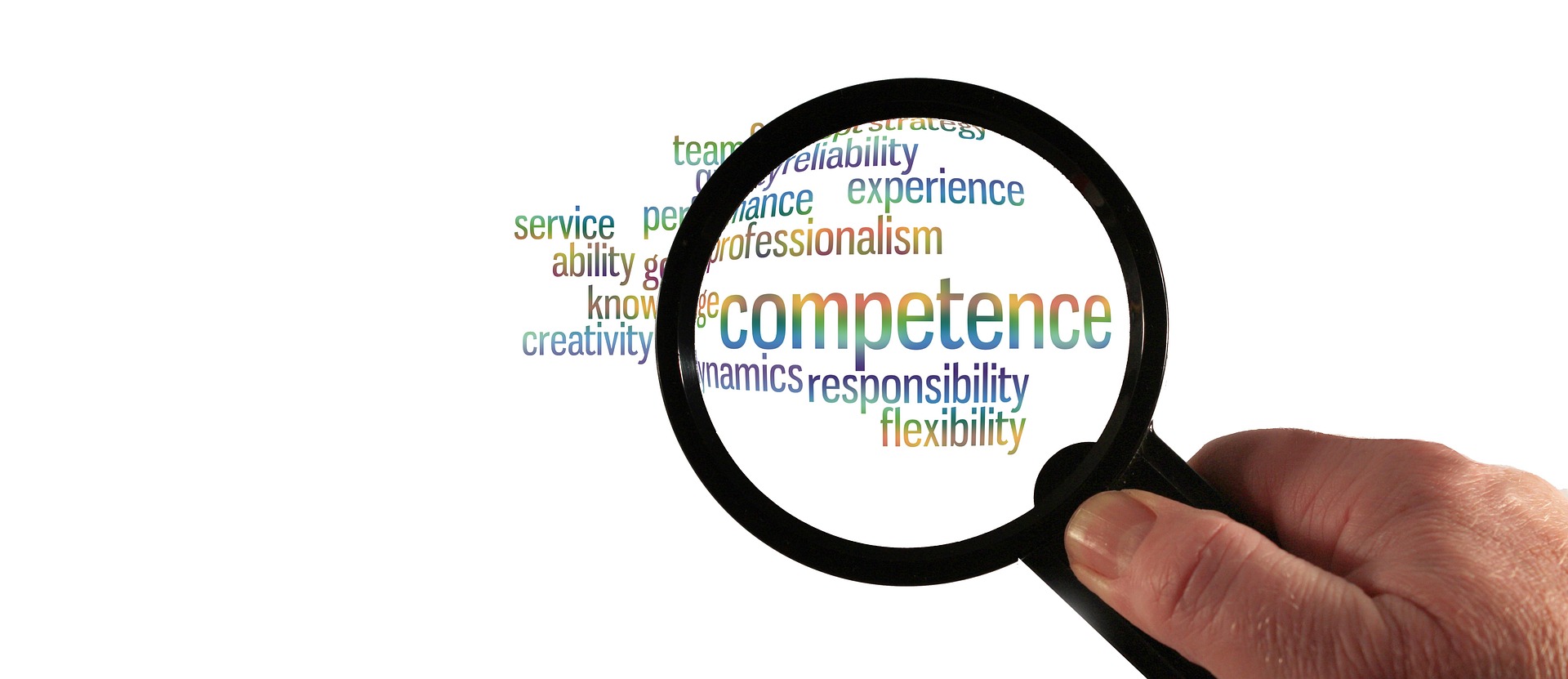Experiential learning is a teaching approach that involves learning through direct experience, often in a hands-on and immersive way. This approach has been shown to be particularly effective for language learning, as it allows learners to actively engage with the language and practice using it in real-world contexts. Experiential learning is an essential ingredient in any task-based teaching approach.
The renowned American philosopher and education reformer John Dewey once wrote: “We do not learn from experience… we learn from reflecting on experience.” In other words, experiential learning also provides opportunities for reflection and analysis, which can lead to deeper and more meaningful learning.
Another American educational theorist called David A. Kolb developed a useful four-stage model that describes how people learn through experience. The four stages are:
(1) Concrete Experience: This is the first stage, where the learner actively experiences an activity or situation. This can be a physical or emotional experience, and it serves as the basis for all future learning. In language learning, concrete experience involves actively engaging in language activities, such as speaking with native speakers, listening to authentic recordings, reading articles, or watching movies or TV shows.
(2) Reflective Observation: In the second stage, the learner reflects on their experience and observes the outcomes of the activity or situation. This stage encourages learners to consider what they have learned and to think about how it can be applied in other situations. After the concrete experience, the learner should reflect on their experience by analyzing the new vocabulary or language structures that they encountered, identifying the tone, attitude, or cultural cues in the language and reflecting on the way the language is used in different settings.
(3) Abstract Conceptualization: The third stage involves learners using the observations and reflections from the previous stage to form new ideas and concepts. This stage requires learners to apply logic and reasoning to develop new theories or models. The learner should try to make sense of their observations by connecting them with the language theory or grammar rules that they have learned.
(4) Active Experimentation: In the final stage, the learner tests their new ideas by applying them to new situations or activities. This stage encourages learners to be creative and take risks as they apply what they have learned to new situations. The learner should practice using the new language structures or vocabulary in a different context or situation, such as writing a short essay, giving a speech or presentation, or engaging in a conversation with another person. This stage allows the learner to practice and test their new language skills and to receive feedback from others.
The cycle is represented as a continuous loop, where each stage leads to the next, building on previous experiences and creating new ones. Kolb’s model suggests that effective learning occurs when a learner is able to move through all four stages of the cycle, engaging in each stage with equal importance.
It is possible to use Kolb’s four stages as a framework for designing experiential language learning activities. This is an example of the use of Kolb’s Experiential Language learning ideas in language education for adult learners.
Lesson Plan
Stage 1: Concrete Experience (20 minutes)
Ask learners to read an article related to a current event. The learners will read the article silently. Ask learners to share their initial reactions and feelings about the event and write these on the board.
Stage 2: Reflective Observation (10 minutes)
Start a class discussion about the news article and the learners’ initial reactions. Ask open-ended questions, such as “What do you think the article is trying to say?” or “What surprised you about the article?” to encourage the learners to reflect on their initial reactions and observations. Write the learners’ responses on the whiteboard.
Stage 3: Abstract Conceptualization (15 minutes)
Introduce key vocabulary and functional expressions for giving an opinion. For example, the trainer may teach expressions such as “In my opinion,” “As far as I’m concerned,” or “I believe that.” The trainer will also introduce a model sentence structure, such as “I think that (idea) because (reason).” The learners will practice using these expressions and structures in pairs or small groups, discussing their opinions on the current event.
Stage 4: Active Experimentation (15 minutes)
Divide the learners into pairs, and each pair will receive a role-play scenario related to the current event. The learners will assume different roles and take on different perspectives related to the event. For example, one learner plays the role of a politician who supports a particular policy, while the other student plays the role of a journalist who questions the policy. The students will use the expressions and structures they learned in Stage 3 to discuss the issues and defend their positions.
The first stages in this lesson could be carried out as a pre-lesson task, so that the class time can be optimized for the communicative, learner-centered tasks. Through the use of a flipped classroom model, a large proportion of language acquisition and practice occurs outside of the classroom. This can be achieved very effectively through blended learning, a learning model in which a student does digital prework before taking part in live classroom sessions.
By using experiential learning techniques, language learners can:
- Develop greater confidence and comfort with the language, as they are given opportunities to use it in realistic situations.
- Gain a better understanding of the culture and customs of the target language, as they are exposed to authentic contexts and scenarios.
- Improve their ability to problem-solve and communicate effectively, as they are challenged to adapt to new situations and think creatively.
Overall, the use of experiential learning in language education can lead to more effective and enjoyable learning experiences and can help learners achieve greater proficiency and fluency in their target language.
Sources:
Kolb. D. (1984) Experiential Learning: Experience as the source of learning and development, Englewood Cliffs NJ: Prentice Hall
Image by Gerd Altmann from Pixabay

No responses yet